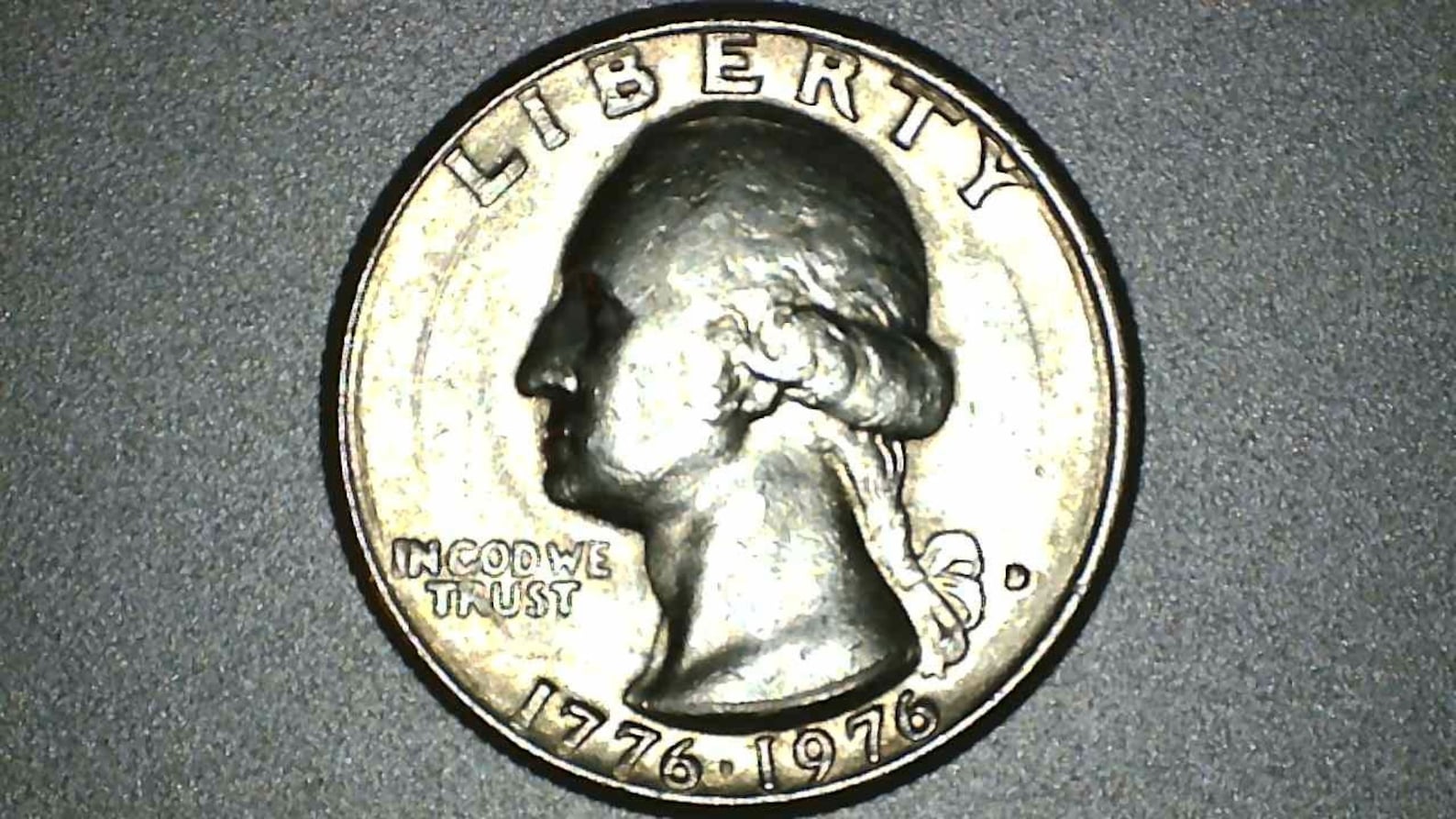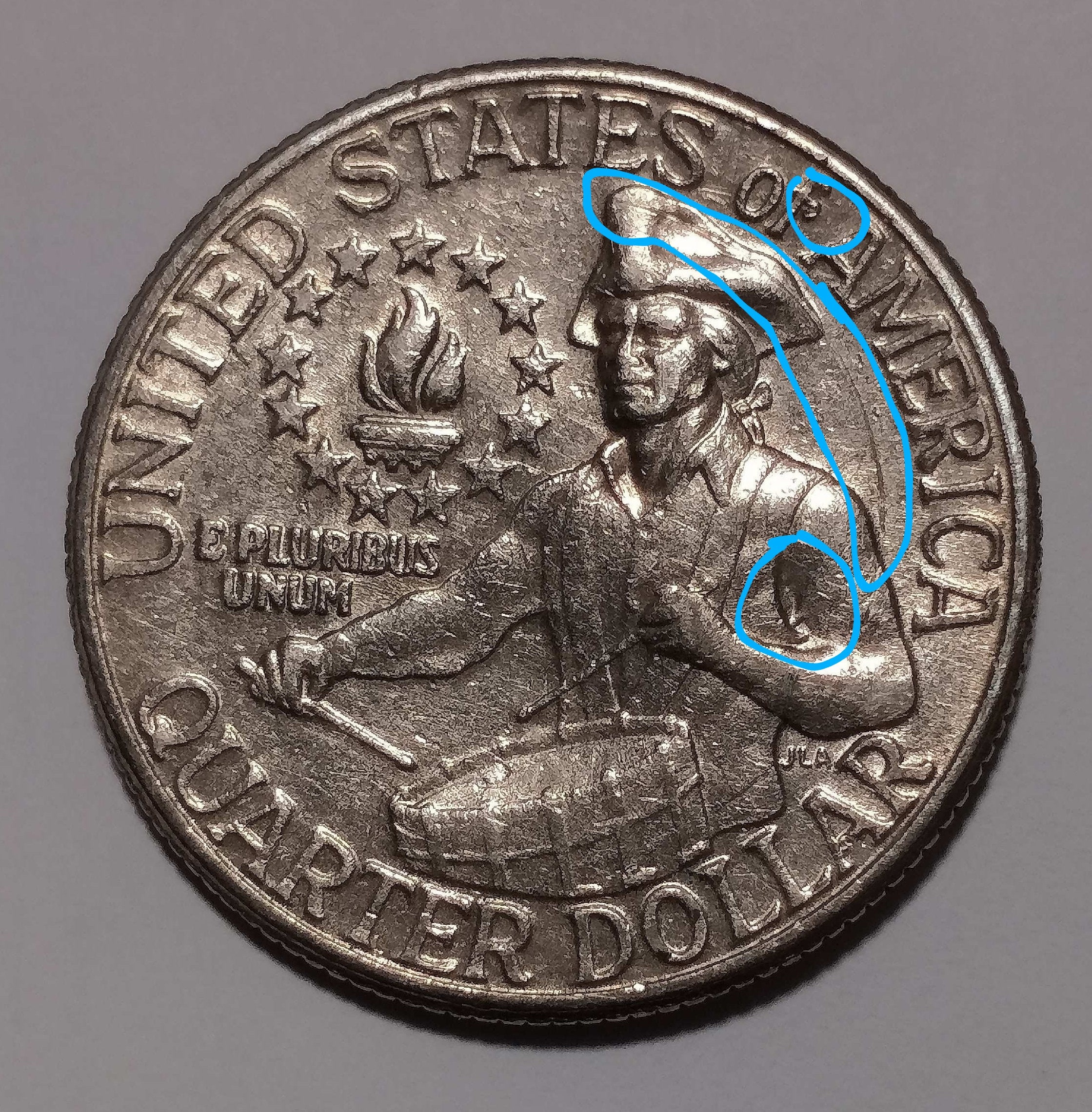Are you a coin enthusiast or simply curious about the fascinating world of U.S. quarters? The bicentennial quarter, minted in 1976 to commemorate the 200th anniversary of American independence, holds a special place in numismatic history. However, what makes these quarters even more intriguing are the errors that occurred during their production. These errors have created a buzz among collectors, who are eager to discover the ultimate bicentennial quarter error guide with detailed pictures. This comprehensive guide will delve into the various errors, their significance, and how to identify them, complete with vivid images to enhance your understanding.
Understanding the nuances of bicentennial quarter errors can significantly enhance your collecting experience. From double-die errors to off-center strikes, each error tells a unique story about the minting process. This guide aims to provide you with the knowledge and tools to identify these errors confidently. By exploring the detailed pictures and descriptions, you'll develop a keen eye for spotting valuable errors and learn how these quirks can affect a coin's value.
Whether you're a seasoned collector or a curious novice, this guide offers something for everyone. With detailed descriptions and high-quality images, you'll gain insights into the fascinating world of bicentennial quarter errors. So, get ready to embark on a journey through time, discovering the unique characteristics of these coins and understanding the stories behind their imperfections. Let's dive into the ultimate bicentennial quarter error guide and uncover the secrets hidden within these historical treasures.
Read also:Anticipating The Extraordinary Attorney Woo Season 2 What To Expect
Table of Contents
- History of the Bicentennial Quarter
- Why Are Bicentennial Quarter Errors Significant?
- Types of Bicentennial Quarter Errors
- What Is a Double-Die Error?
- How to Identify Off-Center Strikes?
- Exploring Planchet Errors
- What Are Clipped Planchet Errors?
- Assessing the Value of Error Quarters
- The Importance of Grading in Coin Collecting
- How to Authenticate a Bicentennial Quarter?
- Proper Storage and Preservation Techniques
- Current Market Trends for Bicentennial Quarters
- Is Investing in Error Quarters a Good Idea?
- Case Studies: Notable Bicentennial Quarter Errors
- Frequently Asked Questions
- Conclusion
History of the Bicentennial Quarter
The bicentennial quarter was introduced in 1976 to celebrate the 200th anniversary of the United States' Declaration of Independence. This special coin featured a unique design that included a colonial drummer and a victory torch encircled by thirteen stars on the reverse, replacing the traditional eagle. The obverse retained the iconic portrait of George Washington. The bicentennial quarter was part of a broader bicentennial coin program that also included half-dollars and dollars.
Why Are Bicentennial Quarter Errors Significant?
Bicentennial quarter errors are significant for several reasons. Firstly, they provide insights into the minting process and the challenges faced during production. Secondly, these errors can increase a coin's value, making them highly sought after by collectors. Understanding the different types of errors and their rarity can help collectors make informed decisions when acquiring these coins.
Types of Bicentennial Quarter Errors
There are several types of errors associated with bicentennial quarters, each with its unique characteristics. Errors can occur during various stages of the minting process, including the preparation of the planchet, the die, and the striking of the coin. Some common types of errors include:
- Double-die errors
- Off-center strikes
- Planchet errors
- Clipped planchet errors
What Is a Double-Die Error?
A double-die error occurs when a coin is struck more than once by the die, resulting in doubled images or inscriptions. These errors are often visible to the naked eye and can significantly increase the value of a coin. Double-die errors are among the most popular errors sought by collectors due to their rarity and visual appeal.
How to Identify Off-Center Strikes?
Off-center strikes occur when the coin is not properly aligned with the die during the striking process. This results in a portion of the design being missing from the coin. Off-center strikes can vary in severity, with some coins displaying only slight misalignments while others show significant off-centering. Collectors often seek coins with off-center strikes due to their unique appearance.
Exploring Planchet Errors
Planchet errors occur during the preparation of the blank metal discs used to create coins. These errors can include issues such as laminations, improper alloy mixes, or incomplete blanks. Planchet errors can affect various aspects of a coin's appearance and are often considered valuable by collectors.
Read also:Carolina Ramiacuterez An Icon In The Entertainment Industry
What Are Clipped Planchet Errors?
Clipped planchet errors occur when a portion of the planchet is missing before the coin is struck. This results in a distinctive curved or straight edge on the coin. Clipped planchet errors are visually striking and can add significant value to a coin, making them highly desirable among collectors.
Assessing the Value of Error Quarters
The value of bicentennial quarter errors depends on several factors, including the type of error, its rarity, and the coin's overall condition. Collectors often use the Sheldon Coin Grading Scale to assess a coin's condition and determine its value. Rarer errors or those in excellent condition can fetch higher prices in the numismatic market.
The Importance of Grading in Coin Collecting
Grading is a crucial aspect of coin collecting, as it helps determine a coin's condition and value. Professional grading services, such as the Professional Coin Grading Service (PCGS) or the Numismatic Guaranty Corporation (NGC), provide unbiased evaluations of a coin's condition. A higher grade often translates to a higher value, making grading an essential step in the collecting process.
How to Authenticate a Bicentennial Quarter?
Authenticating a bicentennial quarter involves verifying its authenticity and identifying any errors. Collectors can use magnification tools and reference materials to examine the coin's details. Additionally, professional authentication services can provide expert verification, ensuring the coin's legitimacy and enhancing its value.
Proper Storage and Preservation Techniques
Proper storage and preservation are essential to maintaining the condition and value of bicentennial quarters. Coins should be stored in a cool, dry environment, away from direct sunlight and humidity. Protective cases or holders can help prevent damage and preserve the coin's appearance for future generations.
Current Market Trends for Bicentennial Quarters
The market for bicentennial quarters and their errors is dynamic and influenced by various factors, including collector demand, economic conditions, and the availability of rare coins. Staying informed about current market trends can help collectors make informed purchasing and selling decisions, maximizing their investment potential.
Is Investing in Error Quarters a Good Idea?
Investing in error quarters can be a lucrative endeavor for collectors and investors alike. Error coins often hold higher value due to their rarity and uniqueness. However, potential investors should conduct thorough research and consider factors such as market trends, coin condition, and historical performance before making investment decisions.
Case Studies: Notable Bicentennial Quarter Errors
Several notable bicentennial quarter errors have captured the attention of collectors and numismatists. These case studies offer valuable insights into the world of error coins and provide real-world examples of how these errors can impact a coin's value. By examining these case studies, collectors can better understand the nuances of error coins and increase their appreciation for these unique pieces of history.
Frequently Asked Questions
- What is the most valuable bicentennial quarter error? The value of bicentennial quarter errors can vary, but rare double-die errors and significant off-center strikes are often among the most valuable.
- How can I tell if my bicentennial quarter has an error? Examine the coin for unusual features, such as doubled images, missing portions of the design, or irregular shapes. Reference materials and magnification tools can aid in identifying errors.
- Where can I get my bicentennial quarter graded? Professional grading services, such as PCGS and NGC, offer grading and authentication services for coins.
- Are bicentennial quarter errors rare? Some errors are rarer than others, making them more valuable. Factors such as rarity and demand influence their market value.
- Can I sell my bicentennial quarter error online? Yes, many collectors and dealers buy and sell error coins online through auction sites, forums, and numismatic marketplaces.
- What should I do if I find a bicentennial quarter error? Document your find with photographs and consider having it professionally graded and authenticated to determine its value and authenticity.
Conclusion
The ultimate bicentennial quarter error guide with detailed pictures offers a comprehensive resource for collectors and enthusiasts alike. By understanding the various types of errors, their significance, and how to identify them, you can enhance your collecting experience and potentially uncover valuable treasures within your collection. Whether you're an experienced numismatist or a newcomer to the world of coin collecting, this guide provides the knowledge and tools to navigate the fascinating world of bicentennial quarter errors.

